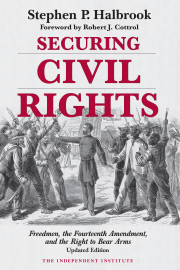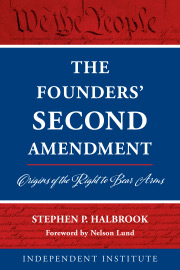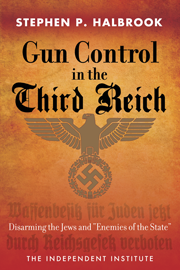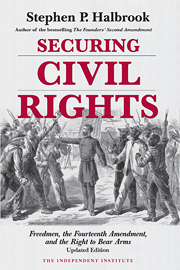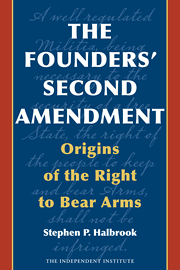Gun control laws are depicted as benign and historically progressive.However, German firearm laws and hysteria created against Jewish firearm owners played a major role in laying the groundwork for the eradication of German Jewry in the Holocaust. Disarming political opponents was a categorical imperative of the Nazi regime. The Second Amendment to the U.S. Constitution declares: “A well regulated militia, being necessary to the security of a free state, the right of the people to keep and bear arms, shall not be infringed.” This right, which reflects a universal and historical power of the people in a republic to resist tyranny, was not recognized in the German Reich.
This article addresses German firearms laws and Nazi policies and practices to disarm German citizens, particularly political opponents and Jews. It begins with an account of post-World War I chaos, which led to the enactment in 1928 by the liberal Weimar republic of Germany’s first comprehensive gun control law. Next, the Nazi seizure of power in 1933 was consolidated by massive searches and seizures of firearms from political opponents, who were invariably described as “communists.” After five years of repression and eradication of dissidents, Hitler signed a new gun control law in 1938, which benefitted Nazi party members and entities, but denied firearm ownership to enemies of the state. Later that year, in Kristallnacht (the Night of the Broken Glass), in one fell swoop, the Nazi regime disarmed Germany’s Jews. Without any ability to defend themselves, the Jewish population could easily be sent to concentration camps for the Final Solution. After World War II began, Nazi authorities continued to register and mistrust civilian firearm owners, and German resistence to the Nazi regime was unsuccessful.



